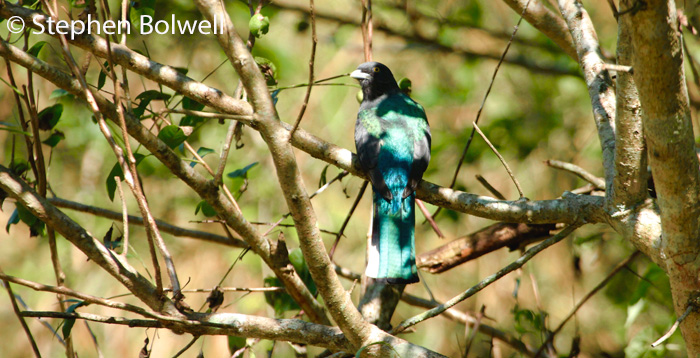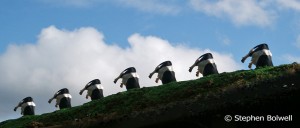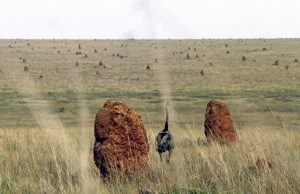Far away and long ago I was filming wildlife close by the small community of Portal in southern Arizona, travelling daily across the border to New Mexico; what I remember most vividly is having to get up an hour earlier each day to be in good time crossing into a later time zone… Getting up early has always been painful to me, especially if I’m missing breakfast!
I remember this minor inconvenience better than almost anything about Portal; certainly it wasn’t over developed – but maybe now, things have changed… I hope not, because out of the way places are at their best when they stay gently un-noticed.
My first visit was thirty years ago – I still have a T-shirt that sums it up – across the front in big black letters is written ‘Where the Hell is Portal?’ designed no doubt, by a resident with a self deprecating sense of humour, something that is sadly missing in many small communities. If Portal were in Australia it would be the sort of place where people worry about visitors laughing at them and then they’d build something hideous to make this a certainty – perhaps the world’s biggest sheep in corrugated iron – but not Portal… this is a place altogether more self assured.
To be honest, I liked Portal so much, I was soon buying a second T-shirt, and on this one there was a picture of an odd looking bird with the words TROGON COUNTRY – a surprise to me because I thought trogons were essentially tropical birds. Portal is now a popular bird watching area, but as it wasn’t busy when I was there I didn’t find anybody to advise me where to look, and set off in a fruitless search… Not only did I not see a trogon… I didn’t see another living soul.
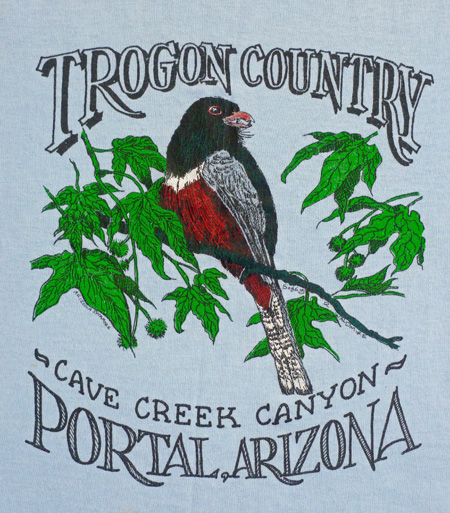
I soon discovered that the elegant trogon can be seen in this essentially arid region during spring and summer; back then I hadn’t managed many visits further south where trogons are more easily discovered.
The order Trogoniformes has only one family that contains both trogons and quetzals. To me they seem odd looking birds, with elongated bodies and poorly developed legs and feet, their toes arranged two front and two back like a parrot. They show up across the tropics in Africa, Asia and the New World, nesting in holes dug in trees and sometimes termite mounds, living in wooded areas which are often quite degraded; they feed mostly on insects, a variety of small animals and fruit.
It was perhaps my failure to see trogons in Arizona that made me determined to seek them out and my chances improved dramatically when some fifteen years later I went with my family on holiday to Tobago.
We took up residence at the top of a beach; spending most of our time in the water, but when my children were young, holidays always involved a family day out, although my children generally viewed such outings as a road trips to hell, but complaining was futile, I wasn’t going to pass up the opportunity of photographing local plants and animals, or deprive the children of seeing something interesting. We always left a place knowing more than when we arrived, even if in the process some of us left it feeling, well… a little more grumpy.
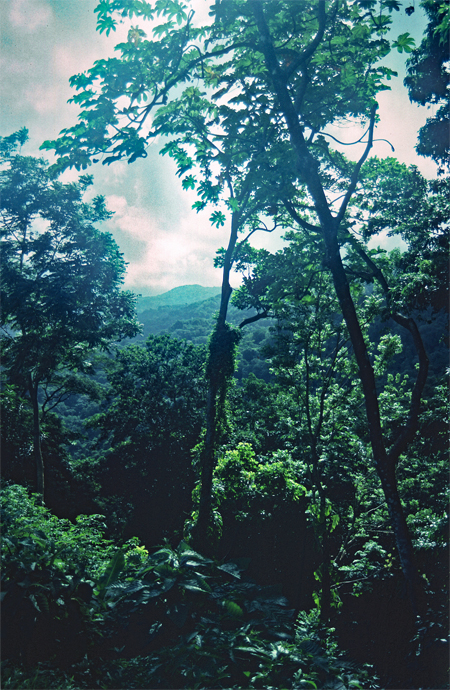
In 1963, Flora was one of the worst hurricanes ever to pass through the Caribbean – or anywhere else for that matter, it took out around three quarters of Tobago’s natural forest, and substantially damaged the remainder. The forest should have grown back naturally, but much of the available space was rapidly colonised by an introduced bamboo. Tobago has its own native bamboo species but none big enough to take over a forest. One day this forest will grow back and crowd out the invader; but at the time this rapidly growing alien, gave native birds a better chance of surviving the ecological disaster – at least in the short term. I don’t know how things will work out, but in 1999 there were tracts of alien bamboos growing across the Island that didn’t naturally belong there.
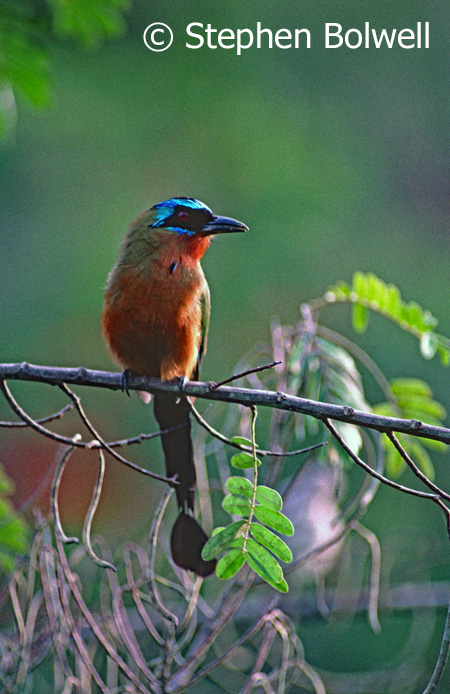
Occasionally when working for the B.B.C. a local guide would be employed to help, but when on holiday such expenses were personal to me, and that took a bit of getting used to. There can be no doubt however, that when time is limited, shelling out for somebody who knows the local area optimises your chances of seeing something interesting. In Tobago we were lucky enough to find Peter Cox who took us to a particular tract of forest when we asked him to find trogons and blue morpho butterflies.
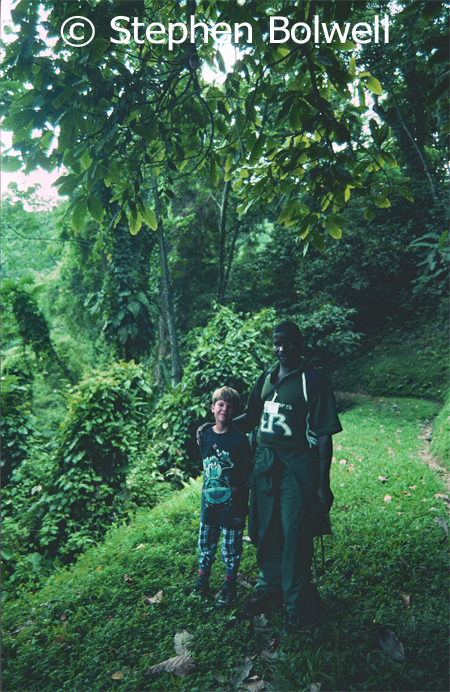
Good guides like Peter not only know where to take people, they can also avoid making repeated visits to habitats that are under pressure. Their influence is more consequential than anything I might achieve by contributing to T.V. programmes that often preach to the converted in places far from the country where filming took place. Advice given to locals by somebody like Peter who understands the environment can have far reaching consequences, fostering positive changes, particularly when any conservation efforts are tailored to local needs.
We walked with Peter through the forest on a track that ran some distance along a river bank; and over the course of a few hours saw both trogons, blue morph butterflies, and many other species besides. Peter provided useful information about the local habitat and was especially good with the children which made the day a great success. Nobody fell over, got bitten, stung or drowned, all of which are plus points when you take small children into a rainforest.
The Tobago Tourist Board will be happy to hear me say that Tobago provides a great starter tropical forest for travellers because it has very few noxious species – no venomous coral snakes, South American bushmasters or fer-de-lance vipers, all of which occur on the neighbouring island of Trinidad. The only downside to this single short visit was that I didn’t get any good shots of trogons.
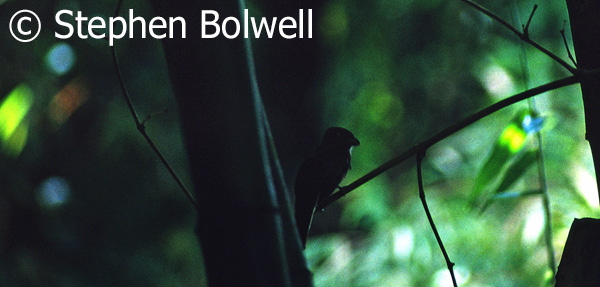
It would have been easy to blame the poor results on having two small children in tow, but their behaviour was never in question – they would stand still, or move carefully and quietly on request more reliably than many adults – it goes without saying that small children incapable of following instruction should never be taken into a tropical rainforest.
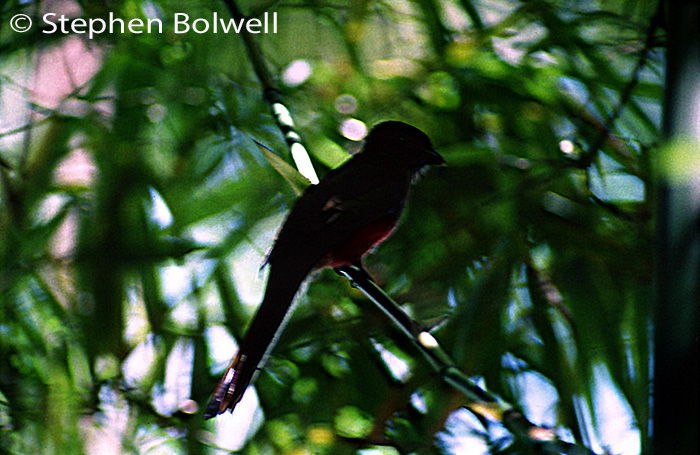
I didn’t go specifically searching for trogons again for around another fifteen years when during November 2015 my wife, daughter and I travelled from Vancouver to the Sea of Cortez, a place that I’d always wanted to visit. Seeing a trogon was in the back of my mind when on 12th November 2015 we arrived in Puerto Vallarta; the water was a pleasant 85F degrees in stark contrast to the cold North Pacific so recently left behind.
Years earlier I had spend hours talking to B.B.C Natural History producer Barry Paine who was planning to film in The Sea of Cortez. The conversation had been very one sided as Barry had been researching his project for years, looking into naturalist William Beebe’s trip along the northwest coast of Mexico. He was also familiar with the voyage of discovery made over a six week period in 1940 by John Steinbeck and Marine biologist Ed Ricketts as they collected and recorded specimens from the tidal zone. This story particularly interested me because the resultant book became a work of non-fiction, with Ricketts name removed from later editions after his accidental death in 1948; what followed was a reworking by Steinbeck, although it was Ricketts who provided most of the research material.
The book was important because it reflected the changes that were starting to happen in the area, hinting at the ecological problems that we face today. It was one of the earliest written works to touch upon environmental concerns by actually going to a place and looking, rather than simply making armchair suppositions about how bad things potentially are. Some 15 years after our discussions Barry finally did get to make his film and I was by then working somewhere else and never managed my all expenses paid trip to the area.
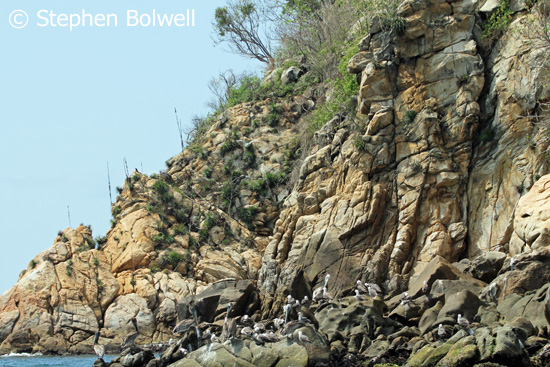
Steinbeck knew even as he was writing, that things were taking a turn for the worse; air travel was about to change everything bringing in waves of tourism. He didn’t however foresee the arrival of cruise ships, depositing millions of people into what had until recently been a comparatively remote area. The influx improved local economies just at the time when fish supplies had become depleted; and as one major industry took over from another, pressure began to build on a whole set of other resources centring around land use and fresh water availability. The changes were rapid in the extreme, with the charm and natural beauty of many areas almost entirely lost in just a few years, although it might be reasonably claimed that bringing tourism to an area is better than leaving local people to live in poverty.
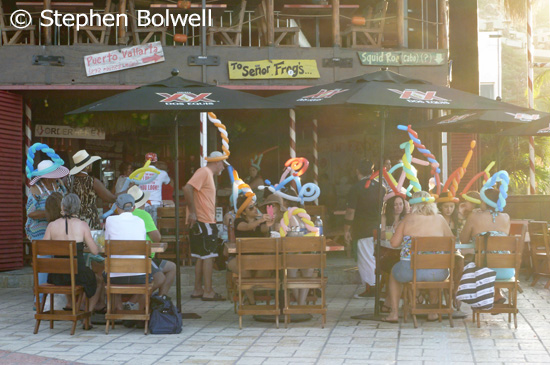
There is of course no going back now. Most high rise condos are within easy reach of a well watered golf course, which in arid regions isn’t sustainable as visitors increasingly consume water and generate waste. Local needs have already made a huge difference to natural habitats; farmers have always struggled to grow food in this arid region. Many places idealized in our dreams as clean and beautiful are now anything but, as agriculture followed by the development of tourism has taken a toll. Trash – in particular plastics – are steadily making their way into what until recently, were pristine ecosystems.
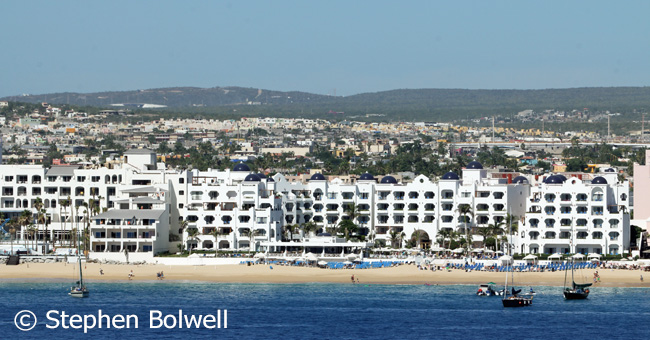
On our visit, to be certain of finding viable natural habitats we enlisted the help of Geraldo. It wasn’t long before he was driving us through the outskirts of Puerto Vallarta, heading inland towards the hills, passing through numerous villages and the agricultural land that surrounds them until eventually we arrived in an area of woodland, mixed vegetation and pasture to begin our search for butterflies and birds.
As Geraldo drove he outlined his background. As a child he’d looked after his mother’s aviary, providing food and water for the birds he’d steadily developed an interest in them. Then somebody took him to see birds in the wild and he was at once impressed by their beauty, especially when he first saw an elegant trogon; these experiences encouraged him to try and conserve them.
On a track he stopped to speak with a local riding out to tend his stock; when we drive on he explains how important it is to develop the trust of the people who live gere. He has often spoked to farmers about vultures, telling them the birds kill snakes, although he admits to exaggerating on occasions saying, ‘especially the poisonous ones’. Once they understand this link farmers are less inclined to kill the birds to protect livestock. Vultures are scavengers that play an important role in cleaning up the environment, but because they have predatory hooked bills, suffer serious persecution worldwide.
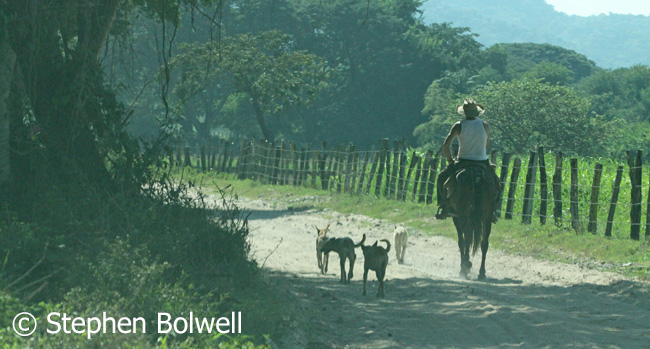
A local says he saw jaguar paw prints recently, there are also pumas here, but strangely most people show very little ill will towards them, perhaps because they are not as commonly seen as they are deep in the interior. This live and let live attitude hasn’t always been a usual response to big cats – the son of a restaurant owner recently told us that when he was a boy his father was out every night hunting jaguar and puma. The current state of affairs is that there are occasional signs of big cats moving through, but in general they are scarce and rarely seen.
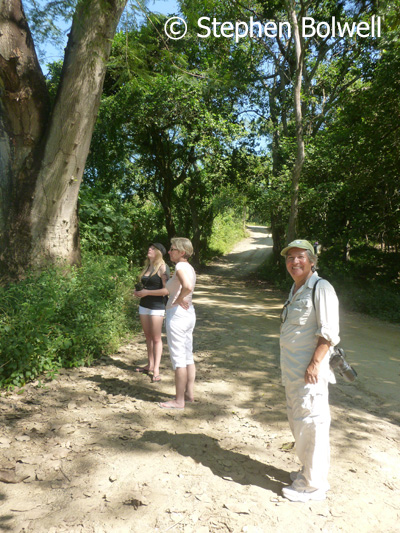
Without question Geraldo speaks passionately about Mexican wildlife, he clearly sees environmental problems increasing and the need for conservation, and contributes positively by giving talks to encourage the locals to take an interest in their wildlife. He undoubtedly has influence and is one of a steadily increasing number of unsung heroes of local conservation.
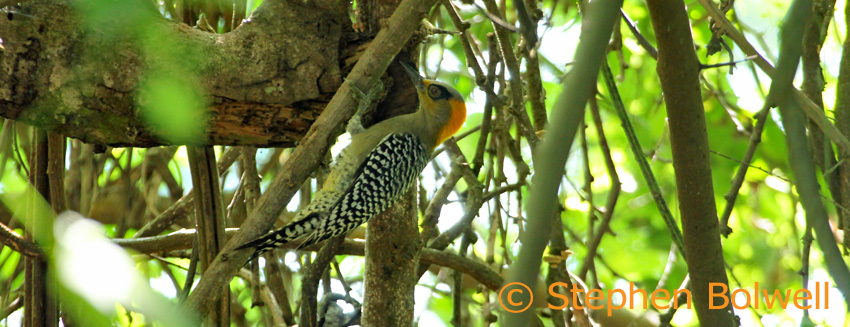
Many years ago Geraldo decided that he would like to conserve mountain habitat, and as he wondered how he might achieve this, the Government stepped in to conserve several areas of concern, but the lowlands through which we are travelling have no such protection, other than the conservation of some larger established trees.
The loss of lowland habitats to agriculture and development is a worldwide problem – the attitude that wildlife should live on the land that we can’t fully utilizie isn’t helpful because many species are specific to lower altitudes and not all can get simply move on to live in the mountains, while we, quite literally, take the lions share and strip out the lowlands. As our populations have increased, the conservation of lowland areas has become a nightmare, with frequent conflicts between landowners, large herbivores and their predators. With national parks too small for the long term viability of many species, the future does not look encouraging. We are not living in harmony with the natural world and the influence of people like Geraldo has far reaching consequences.
We manage to see a variety of butterflies and birds during our day out, many of them restricted to the dry forests of western Mexico, but, so far, we haven’t come across one bird in particular, the Citreoline trogon which can only be seen down this side of Mexico. Then it happens, we are driving out of the forest and my wife Jen spots one in a tree… I can’t quite believe our luck and get out of the vehicle to walk a little closer, and am soon taking pictures.
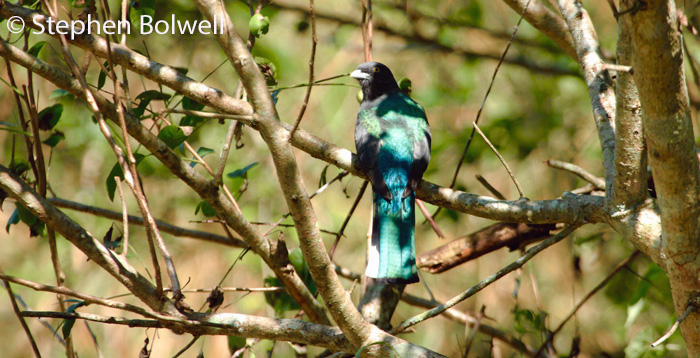
The citreoline trogon has black and white bars on the outer tail feathers, a yellow belly an yellow eyes – a distinguishing feature if, as is the case here, you get to see the bird only from behind.
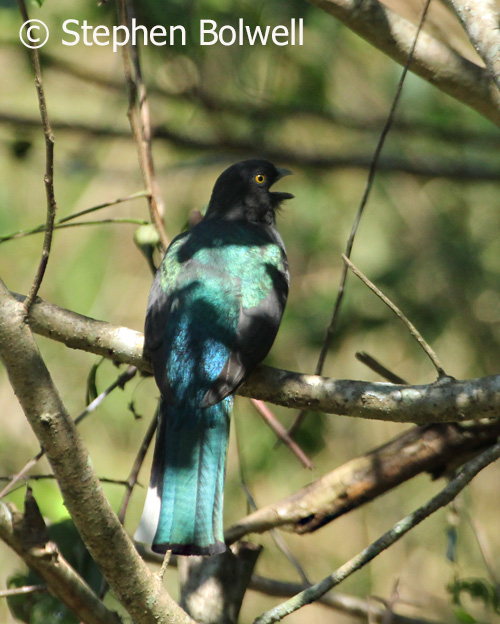
There is a need for us to move on because we have limited time before making a connection, that if missed, will leave us stranded in this part of Mexico for sometime. As we drive on, I see a bird in a tree and Geraldo slows, before inching forward to get a better view and soon we are bogged down in sand just off the main track. We try to dig the vehicle out, my daughter and I bounce up and down on the rear bumper to get traction while Geraldo drives, but all we manage to do is to get the vehicle more deeply bogged in.
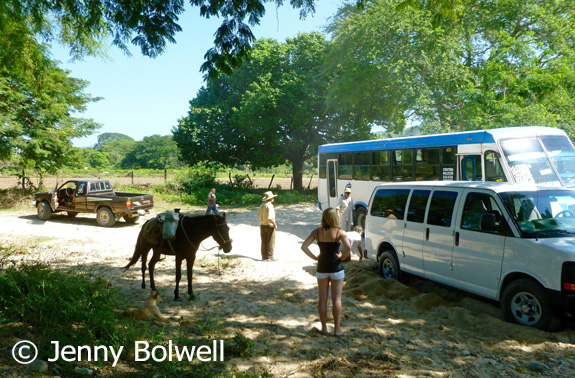
The local that Geraldo spoke with earlier suddenly comes riding out of the forest and stops to help. He has, as one might expect, a rope, and fairly soon attaches this to a passing 4 wheel drive – the owner of which has stopped to offer assistance and soon we are dragged out. At no time during the proceedings did my wife mention time – over the years, similar incidents in far away places have resulted in her developing an increasingly philosophical approach to life… and this can only be good.
Not quite done with this trogon, in June 2016 Jen and I return to the Bay of Banderas region to stay for a time in Mismaloya, a little out from the main tourist area, so that I might more easily walk into the local forest to photograph wildlife.
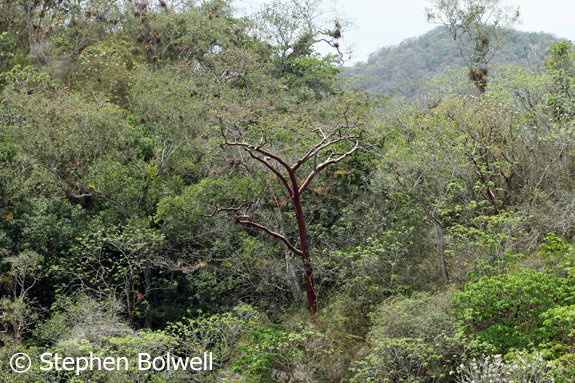
It is an eventful week and on our last full day in the region we spend the afternoon photographing flowers and birds in Vallarta Botanic Gardens which is rather wonderful. On arriving back at the Hotel, I leave my wife by the pool to go in search of a pair of basilisk lizards I’d seen a few days earlier close by the local river. It was early evening, the light was going, and I managed only a glimpse of a single lizard, otherwise, there was little to photograph in the fading light and I packed my camera away – which is always a cue for something interesting to happen, and this evening would be no exception.
As I wandered up from the river to rejoin the road I noticed a bird with a bright yellow belly, it was sat in a tree on the other side and this encouraged me to get the camera out to use as a scope. I usually carry it with a long 400 mm. lens attached and take a look through the viewfinder to get the best view I’ve ever had of a trogon in the wild; better still, this was a citreolene trogon, the species we’d seen with Geraldo last year only from the back, but this one was facing me. This isn’t a rare bird in the region, but I’d been looking all week and this was my first sighting – it was great to see it.
This was our final day and my last chance to get a shot of a trogon; although the Iight was hopeless I decided to grab a picture before attempting to set up the tripod which was presently sleeping with its legs tucked up inside itself at my feet. I didn’t even have time to put my bag down, quickly grabbing a hand held shot using the camera on its last settings. I could tell from the click, that the exposure time was long and would most likely provide a blurred image. So, I made a quick adjustment and went for a second shot which I hoped might work, then just before I took a third the bird turned its head away with indifference. This was my cue to put everything down on the dusty track, and wake up the tripod for a steady shot, but in the process I glanced up to discover the bird had gone; I didn’t hear it fly and had no idea where it might now be. It had appeared and disappeared like the Cheshire cat in ‘Alice in Wonderland’ but unfortunately unlike the story, bits of it would not be slowly reappearing in front of me. If the tripod had been ready I’d have got the shot without any trouble – I’d wasted my best wild trogon photo opportunity since I’d started looking in the mid 1980s. It would all be down to a single picture taken hand held in poor light on a long lens – a combination that usually results in an underexposed blurred disaster.
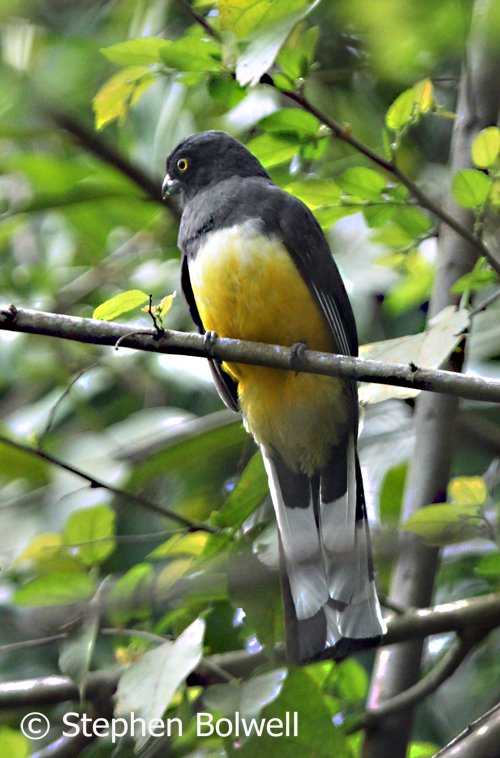
On all of the occasions I have tried to photograph trogons in the past, they have been is strong dappled light creating extremes of contrast that are difficult to deal with; and sitting amongst foliage none have provided as clear a view as this one. More important than the quality of my picture is the rate of development in this area of agriculture and tourism. The real question is, if I come back in ten years time, will there be enough dry forest habitat left to find and photograph this bird at all?
I was beginning to think that if I wanted a good trogon picture maybe I should just go to the zoo.
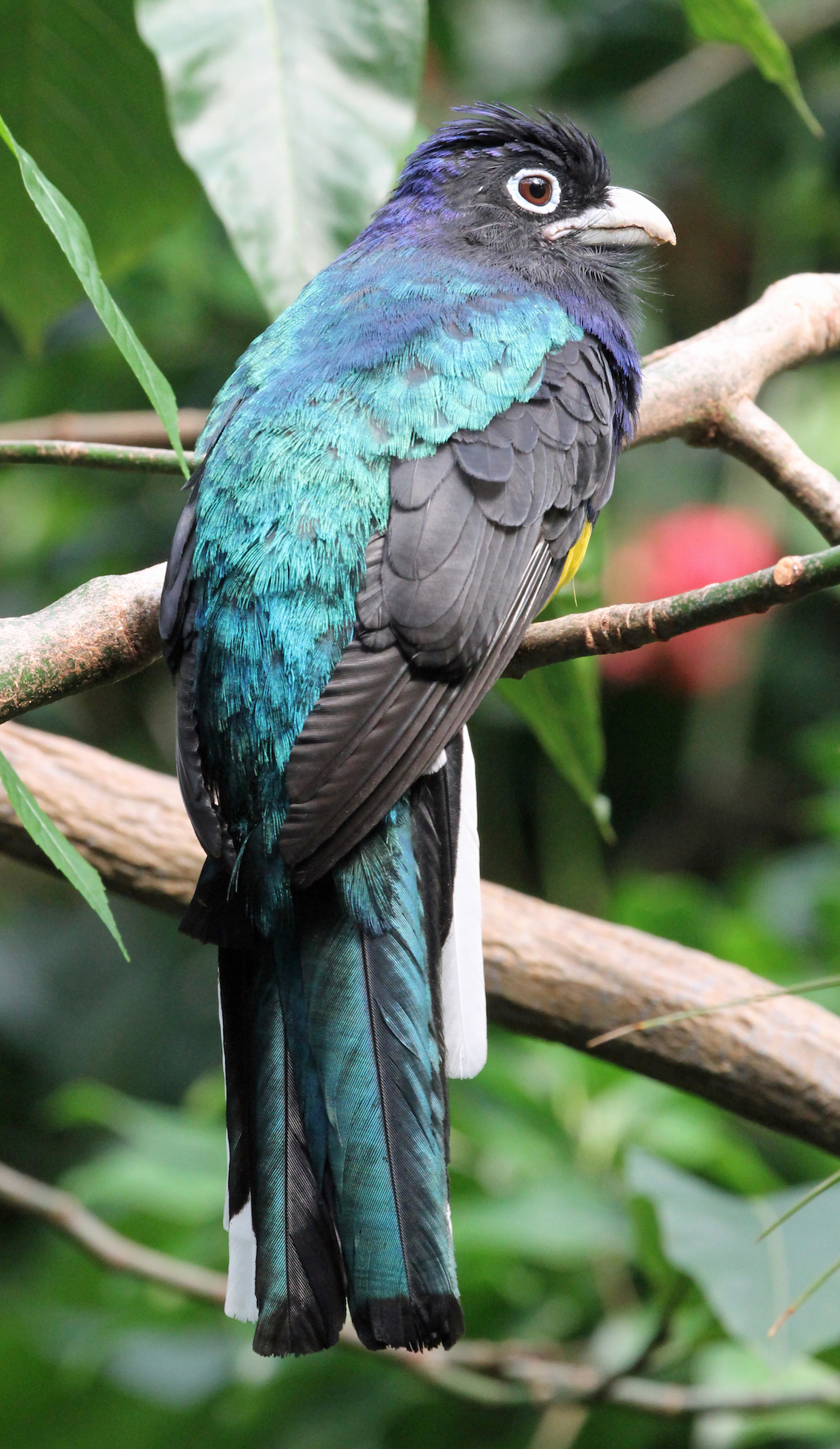
I wrote up this story a year ago, but held it back because I’ve never really managed a good shot of a trogon in the wild and that bothers me, but just a few days ago I was visiting the Coxcomb Basin Wildlife Preserve in Belize, which is perhaps most famous for its jaguars, and things suddenly changed. This was my last day in the park and it hadn’t been a very good one for pictures. I had returned to park headquarters and was about to leave, when a passing member of staff said that he’d just seen a trogon in a nearby tree. I was about 25 feet from where it was sitting, and was able to move quite close to a bird totally indifferent to my presence. I took a few shots, and then the staff member said, “And its partner is over there”, pointing at a bird in another tree. “but I don’t know which is the male and which is the female”. His concern was appreciated, but given how long I’d waited for this moment!…. All I had to do was move a few feet and in no time at all I had fairly reasonable shots of both birds. Trogons it seems are a bit like buses – you wait ages – in my case 30 years (give or take a few days from when I first started looking) and then two come along together.
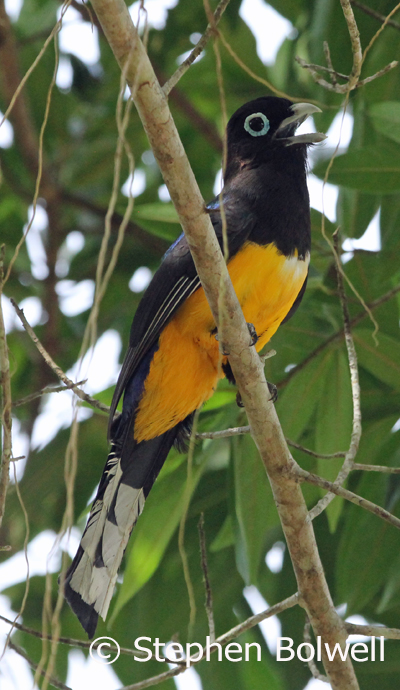
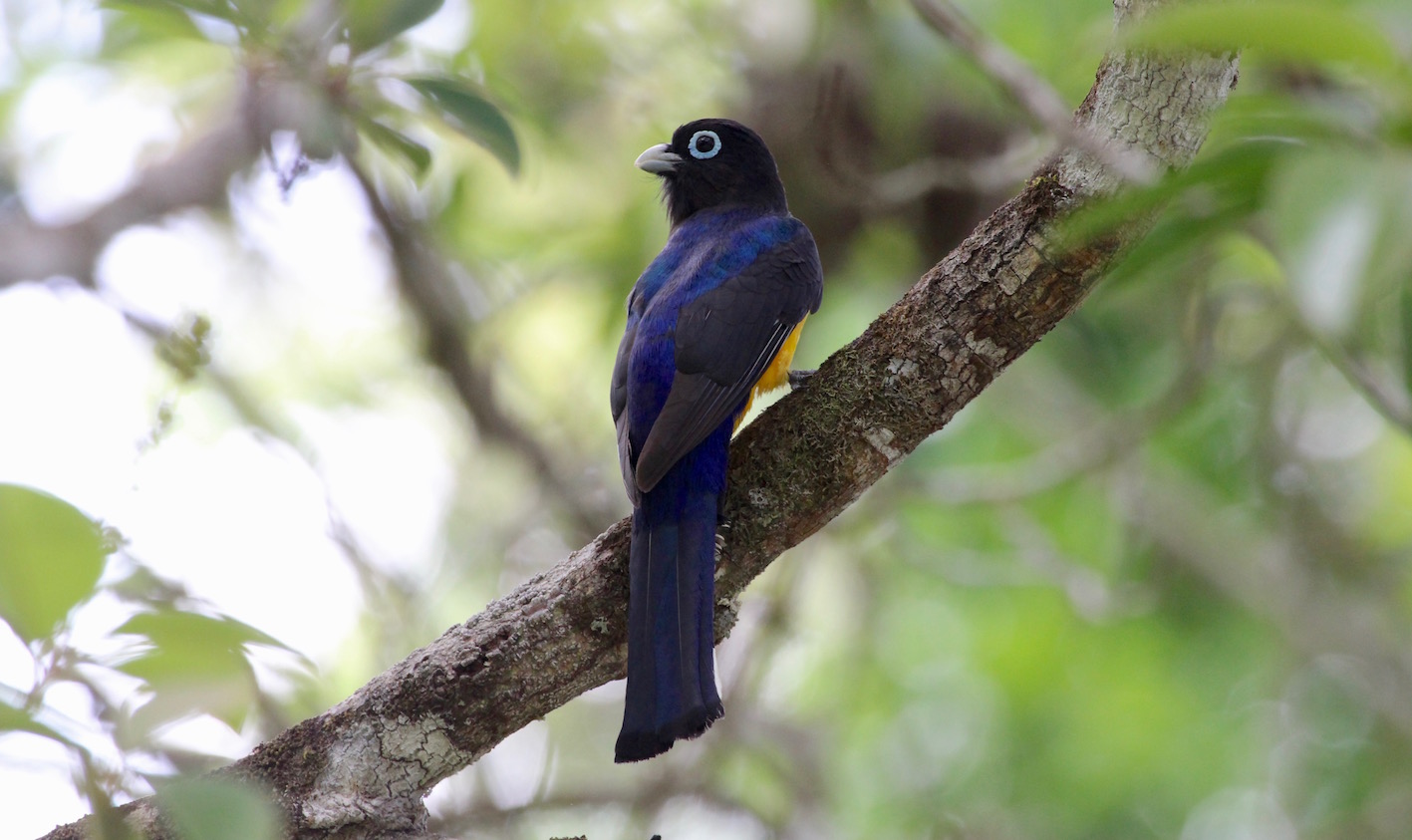
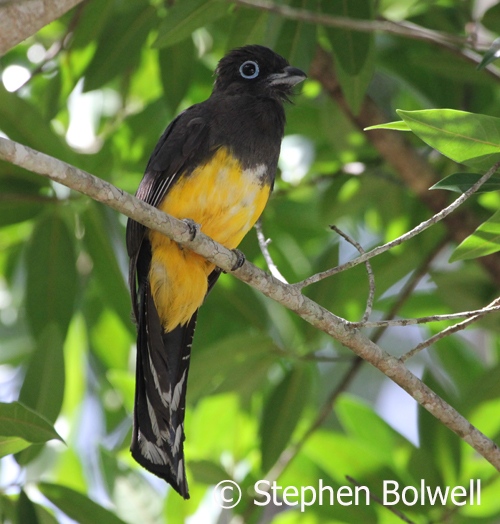
Job done. Thank goodness for that… now I can make a start on toucans!
With thanks to Peter Cox Nature Tours Tobago and Geraldo Hernandez Vazquez. www.naturevallarta.com also thanks to John Gordon.
